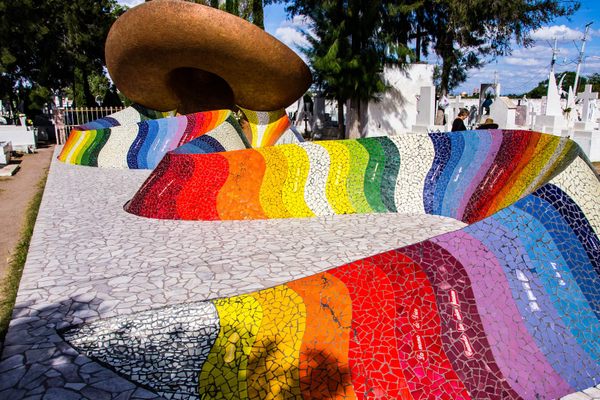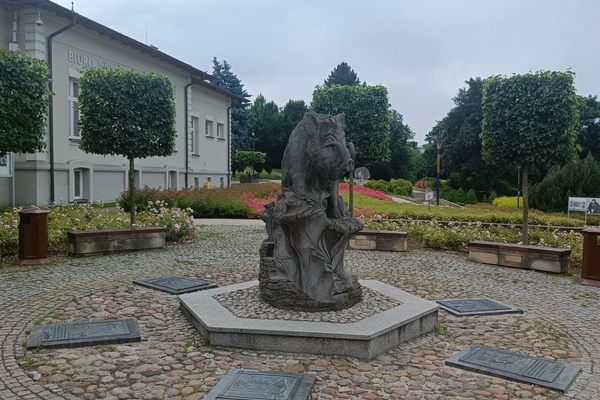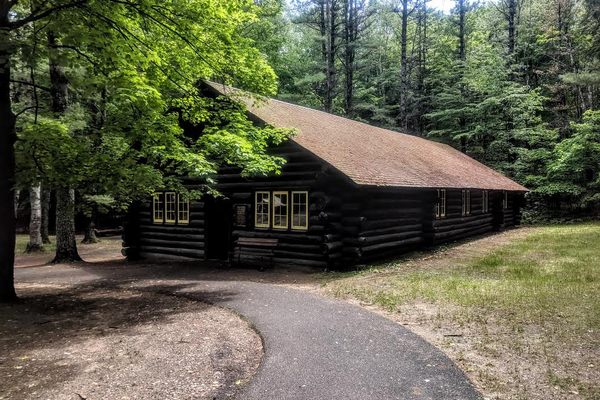Son of the Tree of the Night of Sorrows
A sapling of the legendary tree where conquistador Hernán Cortés sat and wept after an Aztec uprising.
In the main plaza of the city of Dolores Hidalgo, the cradle of Mexican independence, grows a large Moctezuma cypress tree offering welcome shade from the scorching sun. Called the “Hijo del árbol de la Noche Triste,” or “Son of the Tree of the Night of Sorrows,” this giant has stood here only since 1921, but it is the venerable descendent of an important tree in Mexican history and folklore.
The namesake sorrowful night occurred in the summer of 1520, in the bloody aftermath of the Spanish escape from the Aztec capital of Tenochtitlan (present-day Mexico City). The escape had been precipitated by an Aztec uprising after the Spanish conquistadors kidnapped and murdered the Aztec Emperor Moctezuma in his palace and massacred many civilians.
The ferocious reaction of the Aztec people against the invaders had driven the terrified Spanish and their Tlaxcalan indigenous allies back across the causeway to the shores of the Lake of Mexico. Weighed down by their armor and the looted gold they had pillaged from the palace—which they refused to discard—many of the conquistadors were butchered or drowned in the waters of the lake.
The ragtag bunch of survivors who managed to reach the safety of the shore were exhausted and demoralized, and it seemed as if their defeat at the hands of the angered native populace was imminent. They headed to the cover of wood to hide from their vengeful pursuers until dawn. Here, according to legends, the leader of the expedition, Hernán Cortés, sat beneath a gigantic tree of a species (now known as the Moctezuma cypress or Ahuehuete, translating in Nahuatl as “Old Man of the Water”) and wept bitterly.
In Mexican folklore, it is said that these famous tears were shed by the hardened soldier of fortune in a moment of uncontrollable grief for his comrades who had fallen in battle. However, in a more cynical reading, they could have been equally provoked by the substantial quantities of gold lost on the retreat, or the realization that he was now the prime target for capture and slaughter as a human sacrifice by the wrathful warriors who were hunting him.
But in a stroke of good luck for the conquistadors, and to the great misfortune of the Aztecs, the survivors managed against the odds to reach the safety of their Tlaxcalan allies’ homeland, where they were able to regroup and plan for a brutal counterattack on Tenochtitlan. This eventually led to the siege and collapse of the city, the defeat of the Aztec Empire, and the beginning of the Spanish and greater European colonization of the continental Americas.
In the centuries that followed the conquest of Mexico, the Tree of the Night of Sorrows on the outskirts of Mexico City entered the realm of popular folklore and was preserved as a national monument. This long-lived cypress survived for 500 years before finally dying in the early 1960s. But decades before its demise, it left behind a sapling. It was this offspring that, in a symbolic gesture to preserve this cultural heritage, was transported in 1921 to Dolores Hidalgo and planted in the main square, growing into the magnificent tree that still stands there today.
Located in the shade of the tree, in reference to this legendary event in Mexico’s history, is a bronze statue of Cortés portrayed in his armor kneeling and weeping. It is apparent though that this monument of the sobbing Spaniard has, understandably, not inspired much reverence or sympathy from local people. Half of his bronze sword has disappeared due to an apparent act of vandalism, though the tree remains unharmed.
Know Before You Go
The tree can be found in the main square, Plaza del Grande Hidalgo, of Dolores Hidalgo (officially called Dolores Hidalgo Cuna de la Independencia Nacional). The tree and statue are free to see and accessible 24/7.



















Follow us on Twitter to get the latest on the world's hidden wonders.
Like us on Facebook to get the latest on the world's hidden wonders.
Follow us on Twitter Like us on Facebook